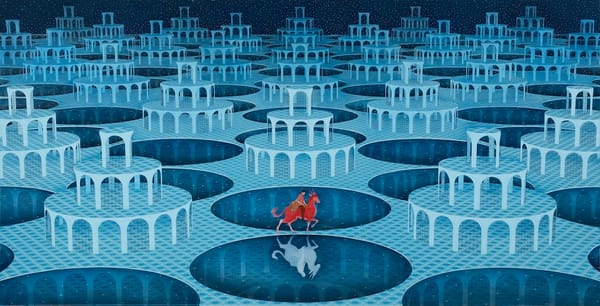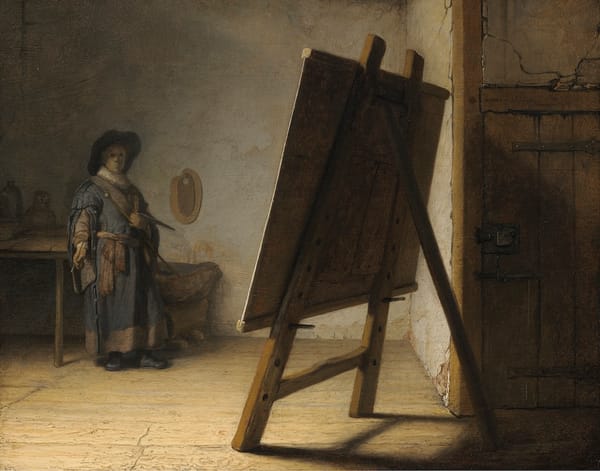Beyond the Lens: Exploring Unique Photography Techniques
Explore unique photography techniques like long exposure, double exposure, light painting, and infrared. These approaches let you transform the ordinary into the extraordinary, perfect for enthusiasts seeking fresh creative angles.

Photography is a captivating art form that allows us to capture and preserve moments, emotions, and stories in ways that transcend language. Are you an enthusiast with an itch to experiment, to push the boundaries of your creativity, or to explore new realms of expression? If so, you're in for a treat. Let's delve into some unique photographic techniques that can transform your images from ordinary to extraordinary, opening doors to new artistic possibilities.
Long Exposure: Capturing the Dance of Time
Have you ever stood on a bustling city street at night and wondered what it would look like if all the passing cars left a trail of light behind them? Long exposure photography is your gateway to capturing the dance of time in a single frame. By keeping your camera's shutter open for an extended period, you can transform chaotic motion into something beautiful and serene. It's as if you're taking the frenetic pace of life and turning it into a harmonious symphony of light and movement.
Think of a waterfall cascading down a cliff. With long exposure, you can transform the splashing and tumbling water into a smooth, ethereal ribbon. Or imagine a cityscape where the headlights and taillights of cars become glowing streams that weave through the streets. This technique allows you to see the world in a different light—literally—and create images that convey a sense of motion and energy.
Tips for Long Exposure
- Use a sturdy tripod to keep your camera steady during the exposure.
- Experiment with different shutter speeds to find the right balance between movement and clarity.
- Try photographing moving water, traffic, or even starry night skies to explore the full range of possibilities.
Double Exposure: Blurring the Lines Between Reality and Imagination
What if you could combine two distinct images into one, creating a surreal, dreamlike effect? Double exposure photography allows you to do just that. It's like blending two separate dreams into a single narrative, opening up a world of creative expression where the boundaries of reality are delightfully blurred.
Picture a portrait where the subject's face is intertwined with a lush forest, suggesting a deep connection with nature. Or imagine a cityscape merged with a celestial sky, evoking a sense of otherworldliness. Double exposure invites you to play with symbolism, juxtaposition, and metaphor, creating images that spark curiosity and invite viewers to find their own interpretations.
Tips for Double Exposure
- Start with a solid silhouette or a high-contrast subject as your base image.
- Choose a secondary image that complements or contrasts with the first, creating visual harmony or tension.
- Use editing software to blend the two images, experimenting with opacity and blending modes to achieve the desired effect.
Light Painting: Drawing with Illumination
Have you ever wanted to draw with light? Light painting is a technique that allows you to do just that, turning a dark canvas into a playground for creativity. By moving a light source in front of a camera with a long exposure, you can create intricate patterns, shapes, and even words. It's like taking a magic wand and painting your imagination into existence.
The possibilities are as vast as your creativity. You can create abstract swirls of light, write messages in the air, or even draw detailed scenes. Light painting is a perfect blend of photography and performance art, allowing you to interact with your environment and create images that are both dynamic and visually stunning.
Tips for Light Painting
- Use a light source like a flashlight, glow stick, or sparkler to create your light patterns.
- Experiment with different movements, speeds, and light colours to achieve unique effects.
- Try combining light painting with other long-exposure techniques for added depth and complexity.
Infrared Photography: Exploring a Different Spectrum
Imagine a world where the familiar is transformed into something surreal, where trees glow white and skies turn dark. Infrared photography allows you to explore this hidden spectrum, revealing an otherworldly landscape that challenges our perception of reality. By using a special infrared filter, you can capture this invisible light and create stunning images that seem to belong to another realm.
Infrared photography is like stepping into a parallel universe, where the usual colours and tones are replaced with ethereal contrasts and unusual textures. It's a technique that invites you to see beyond the visible spectrum and explore the hidden beauty of the world.
Tips for Infrared Photography
- Use an infrared filter on your camera lens to capture the infrared spectrum.
- Experiment with different scenes and subjects to find the best results for infrared photography.
- Be prepared to do some post-processing to enhance the infrared effect and bring out the unique characteristics of this technique.
These photographic techniques offer a world of creativity and imagination for enthusiasts seeking to expand their horizons. They challenge you to see beyond the ordinary and explore the extraordinary. So, the next time you pick up your camera, ask yourself: What story do I want to tell? What dreams do I want to bring to life? The answers might just lead you to your next great shot.





